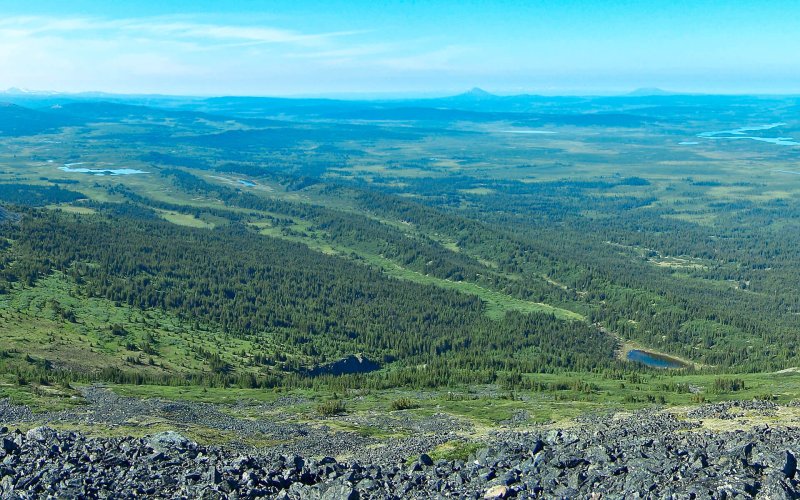Around 14,800 years ago, the Cordilleran Ice Sheet separated from its neighboring Laurentide Ice Sheet, creating an ice-free corridor that extended from Beringia through to what is now the Dakotas. This dramatic change in the environment has led archaeologists to surmise that the earliest migrants to North America arrived by traversing this corridor.
…
Trouble is, emerging archaeological and genetic evidence is increasingly pointing to an arrival date in North America prior to 14,800 years ago, leading to the Coastal Migration Hypothesis. Instead of traveling through the interior, this theory proposes a route in which the first settlers of North America traveled south along the Pacific coast, eventually surpassing the southernmost extent of the ice sheets.
New research published [August 29] in Science offers some of the earliest archaeological evidence of humans in North America, further bolstering the Coastal Migration Hypothesis. Working at the Cooper’s Ferry site in western Idaho, a team led by Loren Davis, a professor of anthropology at Oregon State University, uncovered stone tools, animal bones, traces of fire pits, and other signs of human occupation dated to between 16,560 and 15,280 years ago—several centuries prior to the appearance of the ice-free corridor.
Read full, original post: New Evidence Bolsters Theory That First Americans Arrived by the Pacific Coast































